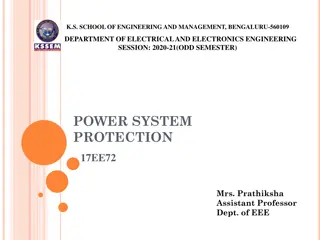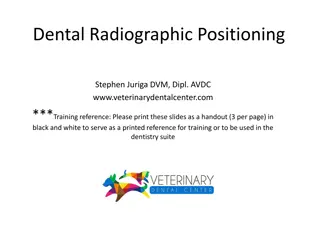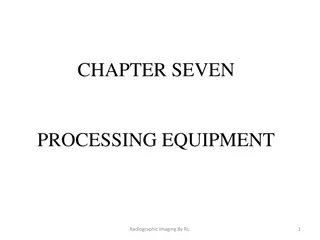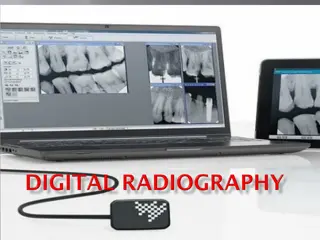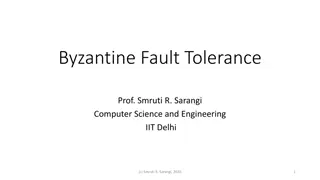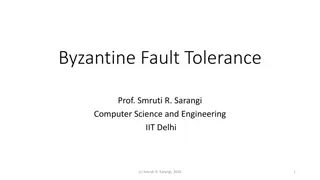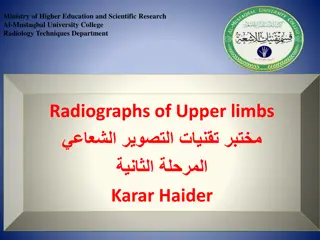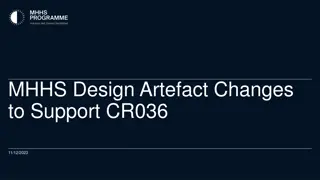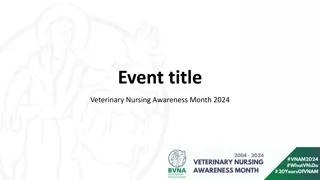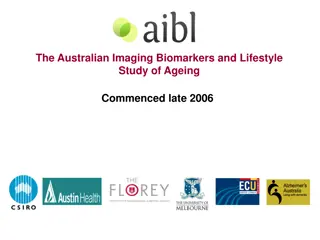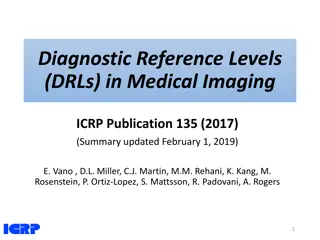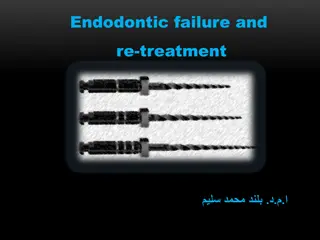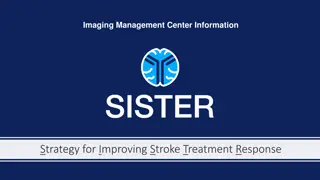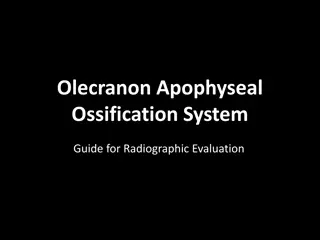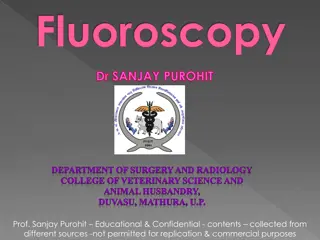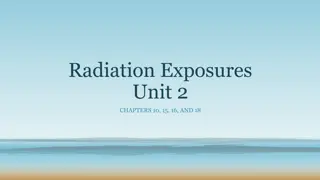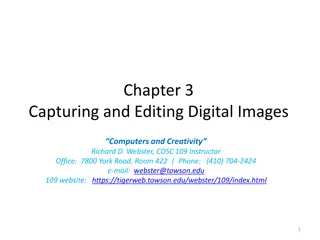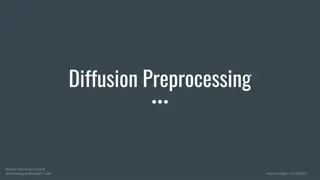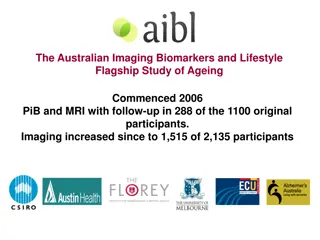Understanding Radiographic Faults and Artefacts in Veterinary Imaging
Learn about radiographic faults and artefacts in veterinary radiography, including technical errors like motion artefacts, dark radiographs, gray non-contrast images, and light radiographs, as well as processing errors such as dark spots and white spots on radiographs. Discover the causes of these errors and how to remedy them effectively.
Uploaded on Sep 17, 2024 | 0 Views
Download Presentation

Please find below an Image/Link to download the presentation.
The content on the website is provided AS IS for your information and personal use only. It may not be sold, licensed, or shared on other websites without obtaining consent from the author. Download presentation by click this link. If you encounter any issues during the download, it is possible that the publisher has removed the file from their server.
E N D
Presentation Transcript
Radiographic faults & artefacts Gulshan Kumar MVSc, PhD College of Veterinary Science and Animal Husbandry, DUVASU, Mathura-281001 (UP)
Artefact: An artifact is an appearance that is not normally present on the radiograph and is produced by artificial means. They are radiographic errors and may be produced due to: Technical errors- errors in the technique of obtaining radiograph, Processing errors- errors committed during processing of film. Handling and storage errors. College of Veterinary Science and Animal Husbandry, DUVASU, Mathura-281001 (UP)
Technical errors: Motion artefact or blurring: Either the x-ray source has moved, or The animal subject, or The cassette has moved. There is un-sharpness Remedy-Immobilise or Reduce the exposure time College of Veterinary Science and Animal Husbandry, DUVASU, Mathura-281001 (UP)
Technical errors: Dark or black radiograph: Too high kVp, or Too high mA, or Too much exposure time. Or Too short FFD College of Veterinary Science and Animal Husbandry, DUVASU, Mathura-281001 (UP)
Technical errors: Gray non-contrast radiograph: Scatter radiation, or Under-development, or Exposure to light. College of Veterinary Science and Animal Husbandry, DUVASU, Mathura-281001 (UP)
Technical errors: Light or white radiograph: Too low kVp, or Too low mA, or Too less exposure time. Or Too long FFD College of Veterinary Science and Animal Husbandry, DUVASU, Mathura-281001 (UP)
Processing errors: Dark spots on the radiograph: Dust or water drop while viewing, or Developer on x ray prior to development College of Veterinary Science and Animal Husbandry, DUVASU, Mathura-281001 (UP)
Processing errors: White or light spots on the radiograph: Dust or barium on the body of the subject, or Air bubbles trapped over the film during developing, preventing the developer from reaching the film fixer on x ray prior to development College of Veterinary Science and Animal Husbandry, DUVASU, Mathura-281001 (UP)
Processing errors: Black finger marks on the radiograph: Finger wet with developer on x ray prior to development College of Veterinary Science and Animal Husbandry, DUVASU, Mathura-281001 (UP)
Processing errors: White finger marks on the radiograph: Finger wet with fixer on x ray prior to development College of Veterinary Science and Animal Husbandry, DUVASU, Mathura-281001 (UP)
Storage and handling errors: Crescent marks on the radiograph: Kinking of the film while handling College of Veterinary Science and Animal Husbandry, DUVASU, Mathura-281001 (UP)
Storage and handling errors: Static current marks on the radiograph: Production of static electricity due friction in films College of Veterinary Science and Animal Husbandry, DUVASU, Mathura-281001 (UP)





